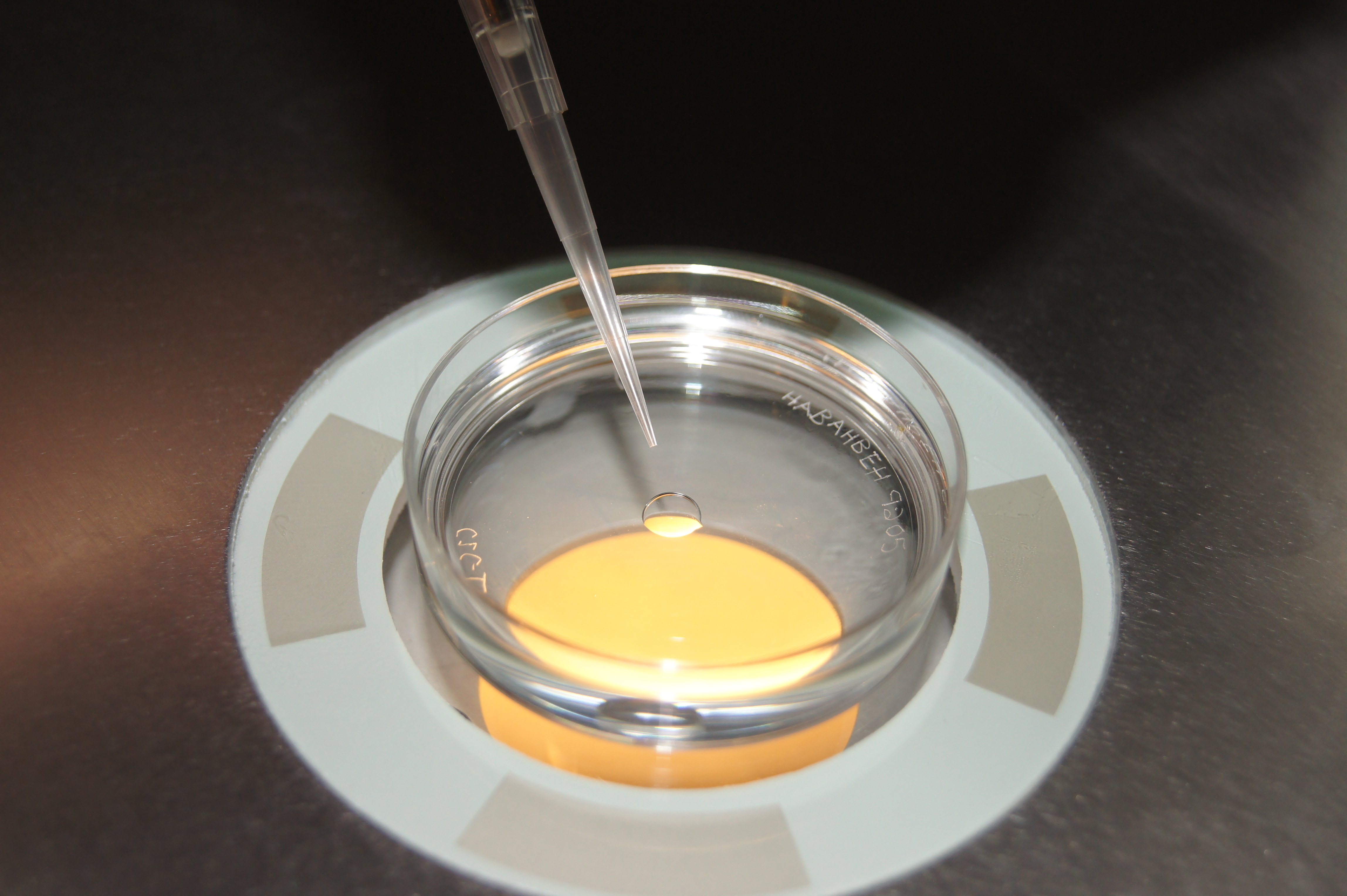
Embryo culture media is designed to provide a nurturing environment.

An embryo culture system is the specific combination of environmental conditions, technical equipment, and particular nutrients that embryos require for optimal growth. Perhaps the most important factor in the growth of embryos in the laboratory is the embryologists’ ability to maintain a stable environment within the laboratory. In order to optimize this “environment”, in our Austin IVF lab, we must tightly control all conditions affecting the embryo – including light, temperature, humidity, and the concentration of gases that each embryo is incubated within. Even minor variations in these conditions can have a devastating effect on embryo growth and development.
For example, within each incubator, embryos are grown in a micro-environment that includes a combination of temperature (37˚C), humidity (90%), and a mixture of three gases; carbon dioxide (5.5%), oxygen (5.0%), and nitrogen (89.5%). Another very important factor is the growth media that is used to culture the embryos.
We use a series of different media that are formulated to provide the most beneficial nutrients to the embryos at each different stage of development. We move the embryos from one media to another as they grow, as each stage of development has its own unique requirements for optimal growth.
In our laboratory, we use three different media to culture embryos.
- The first is fertilization media; it is used to promote the fertilization of the oocytes.
- The second is cleavage media; it has specific nutrients to assist the embryo in early development from the one cell stage to around the eight cell stage.
- The third is blastocyst media; it contains a different set of nutrients that help the embryo continue to develop from eight cells to well over 100 cells.
Each type of media is designed to deliver the proper nutrients to the embryos at the time when they are needed the most. For example; a day one embryo does not use a lot of glucose as it develops initially, but on day three as the embryo starts to make its transition from a multi-cell embryo toward a blastocyst, the embryo’s utilization of glucose goes up significantly. So on day three, the embryos are moved to a media that has a greater concentration of glucose.
The embryo culture media is also chemically buffered to provide a stable pH for the embryos to grow in.
This pH is controlled by the concentration of carbon dioxide in the incubator, therefore as the levels of carbon dioxide fluctuate so does the pH of the media. This partially explains why it is critically important to maintain the concentration of each gas in the incubators within a very tight range. Embryos are grown in small drops of media in a petri dish. These drops are covered with a layer of culture oil. This layer of oil helps to keep the pH fluctuations to a minimum by allowing for a slow exchange of carbon dioxide from the surrounding environment to the media in which the embryos are growing. This slow exchange of gas and the stable pH that it creates are very important for the development of the embryos.
Our embryo culture system was developed to mimic the environment found in the female reproductive tract.
By creating an environment that closely resembles the natural circumstances of conception and development, we hope to give embryos in our laboratory the same advantages available to them in the normal environment inside the female body. This combination of proper incubator settings, media pH, and specific nutrients within the media leads to an ideal growth environment for the embryos and will hopefully be a recipe for the successful development of your embryos.













